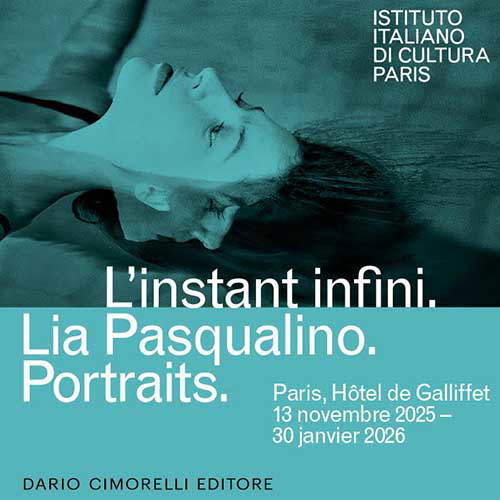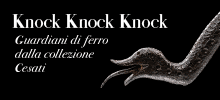
The Wallace Collection, a London home guardian of great masterpieces
A sumptuous residence, the Wallace Collection, is open to the public in the heart of London: formerly owned by the Marquesses of Hertford, now available to all and inhabited by important works of art.
By Jacopo Suggi | 11/07/2025 17:19
A trip to London involves certain rituals that cannot be avoided, among them undoubtedly a visit to some of the world's most famous museums such as the National Gallery, the British Museum or the Tate Modern. It so happens that even people who are not use to attend museums are called to confront these gigantic collections, perhaps budgeting from the beginning to devote a half day to the visit. Result? After a succession of pushing and shoving we manage to make our way through the throng to see an endless number of works, photograph those that from school reminiscences we remember to be famous or imitate the huddles that have already formed. Only to leave, exhausted and with aching feet, anesthetized by a succession of masterpieces that, inasmuch as they were all of the highest quality, we were unable to contextualize, to hierarchize, to make our own. Don't get me wrong: I am not demonizing these museums, they are incredible and to an art lover they can give unique emotions. But they are exhausting visits that bend the knees of even professionals, they are meant to exhaust themselves in multiple visits, just looking at a few pieces and walking out, but we who are now in the English capital-who knows when we will get it again-feel a duty to station ourselves in front of every single work. The outcome is devastating, thousands of paintings and sculptures enjoyed in a few hours leave virtually nothing behind. I make no secret of my utter discouragement when I was confronted with the monumental size of the British Museum.
Encyclopedic museums are born to contain all the best that humanity has managed to offer over centuries or millennia: the result is that the individual in its presence disappears, is overwhelmed. That is why I feel like recommending a museum where one can feel at ease, where the visit becomes as light and leisurely as the glass, porcelain and paintings it holds, though without sacrificing the viewing of masterpieces of undoubted quality. I am talking about the Wallace Collection, a museum in central London, or rather a house museum. That is why we find a certain degree of familiarity there: we all have experiences of living in the home, and as rich and majestic as it is, it keeps track of different lives, of frivolities and daily routines, with which we constantly scoff and which are certainly more akin to us than a parade of masterpieces in giant temples.
The institution located in Manchester Square, just a few hundred meters from the famous Oxford Street, figures among the oldest houses owned by a collector to have been musealized and open to the public since 1900. The collection is the stratigraphic result of the first four marquesses of Hertford and Sir Richard Wallace, probable illegitimate son of the fourth marquess. The first and second marquises are credited with some episodic purchases of important works, including paintings by Canaletto, Gainsborough and Reynolds, while an organic interest in collecting and art in general should be identified in the third marquis, who acquired important 17th-century Dutch paintings, French furniture and Sèvres porcelain. But it was particularly his son, the fourth marquis, who shaped the collection and imprinted it with the characters it still shows today. Richard Seymour-Conway was a man of immeasurable wealth but certainly not one who went down in history for his benevolent character, so much so that the Goncourt brothers remembered him as "a complete, absolute, unabashed monster," who once proudly declared, "When I die I shall at least have the consolation of knowing that I never did anyone any service." Having grown up and lived in Paris for a long time, he developed a passion for French art that complemented his passion for English painting, as well as for porcelain, furniture, arms and armor. Richard Wallace, who was probably Conway's illegitimate son, though detached from him by the altruism that made him signal as a philanthropist, inherited the collection and love of art from his father and enlarged it. It was later Wallace's widow who decided to donate the collection to the English state.
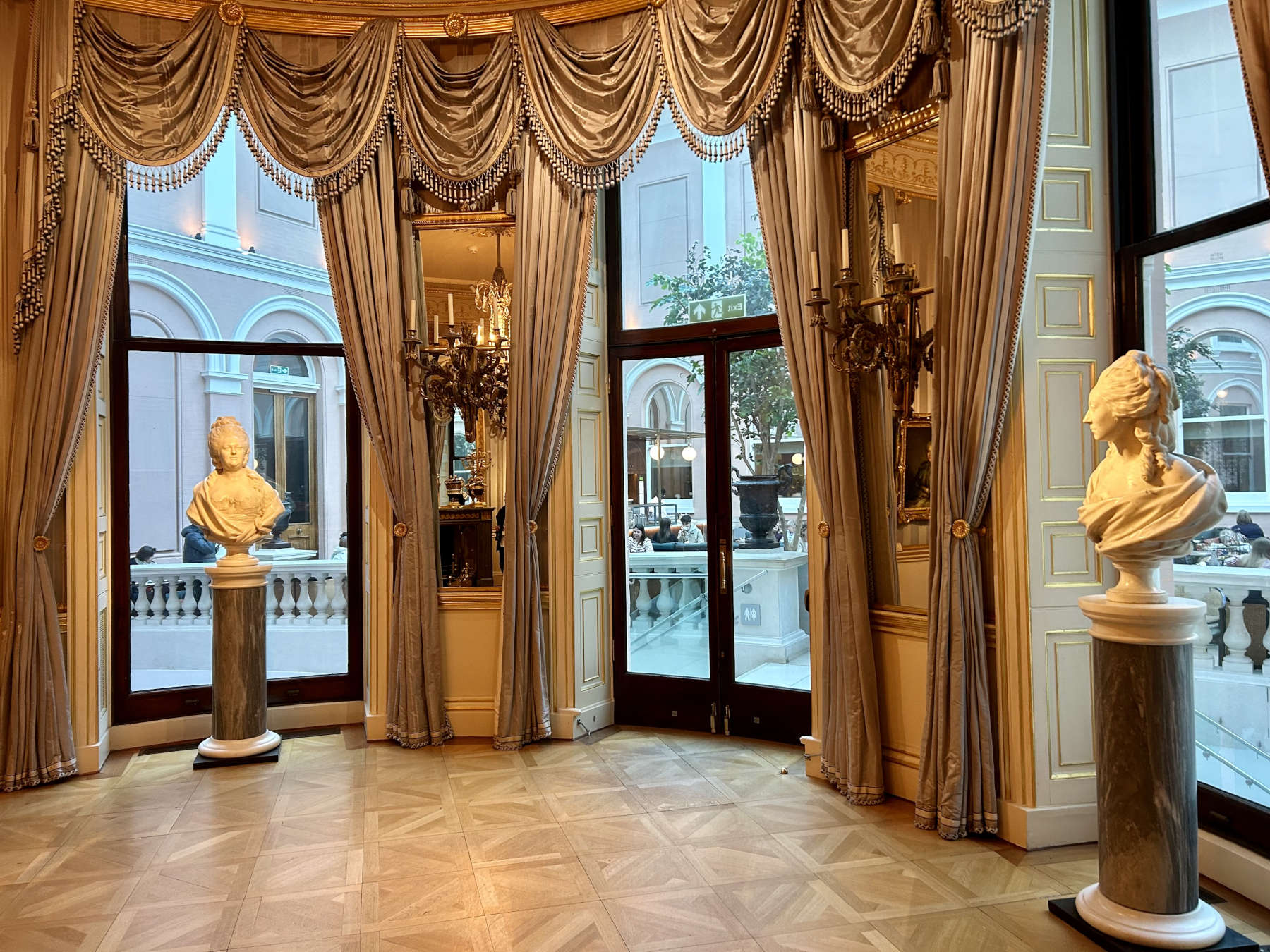
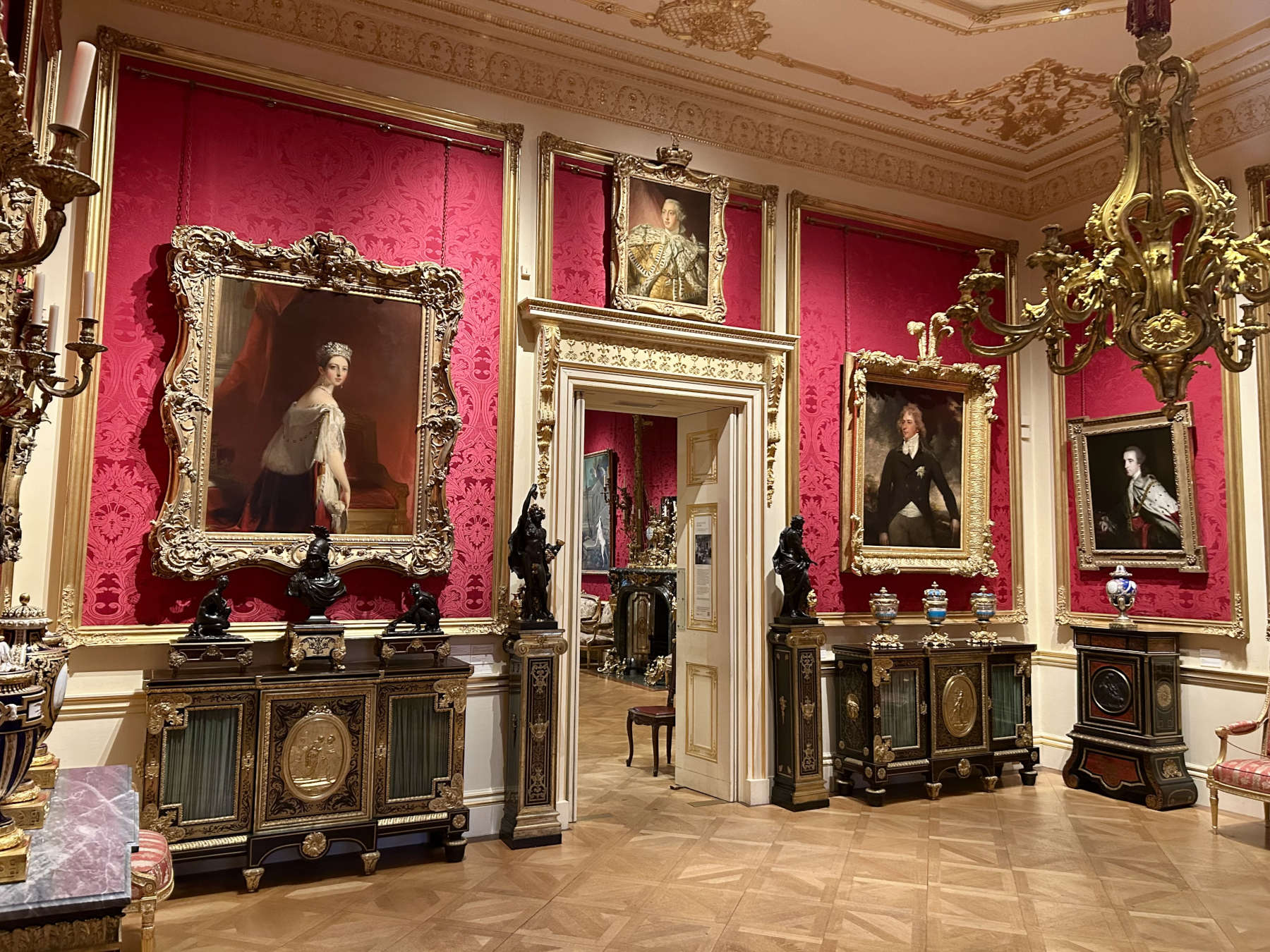
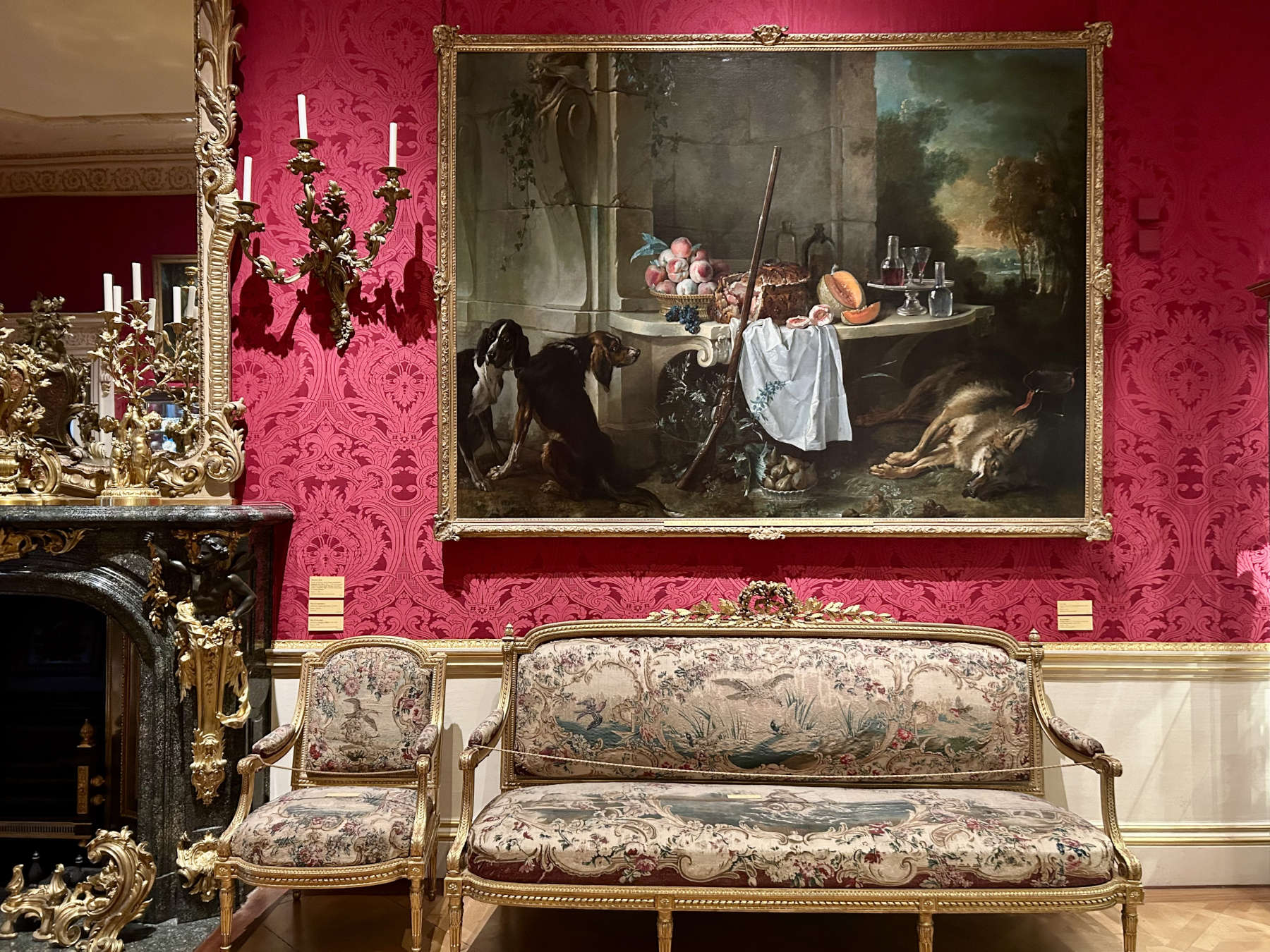
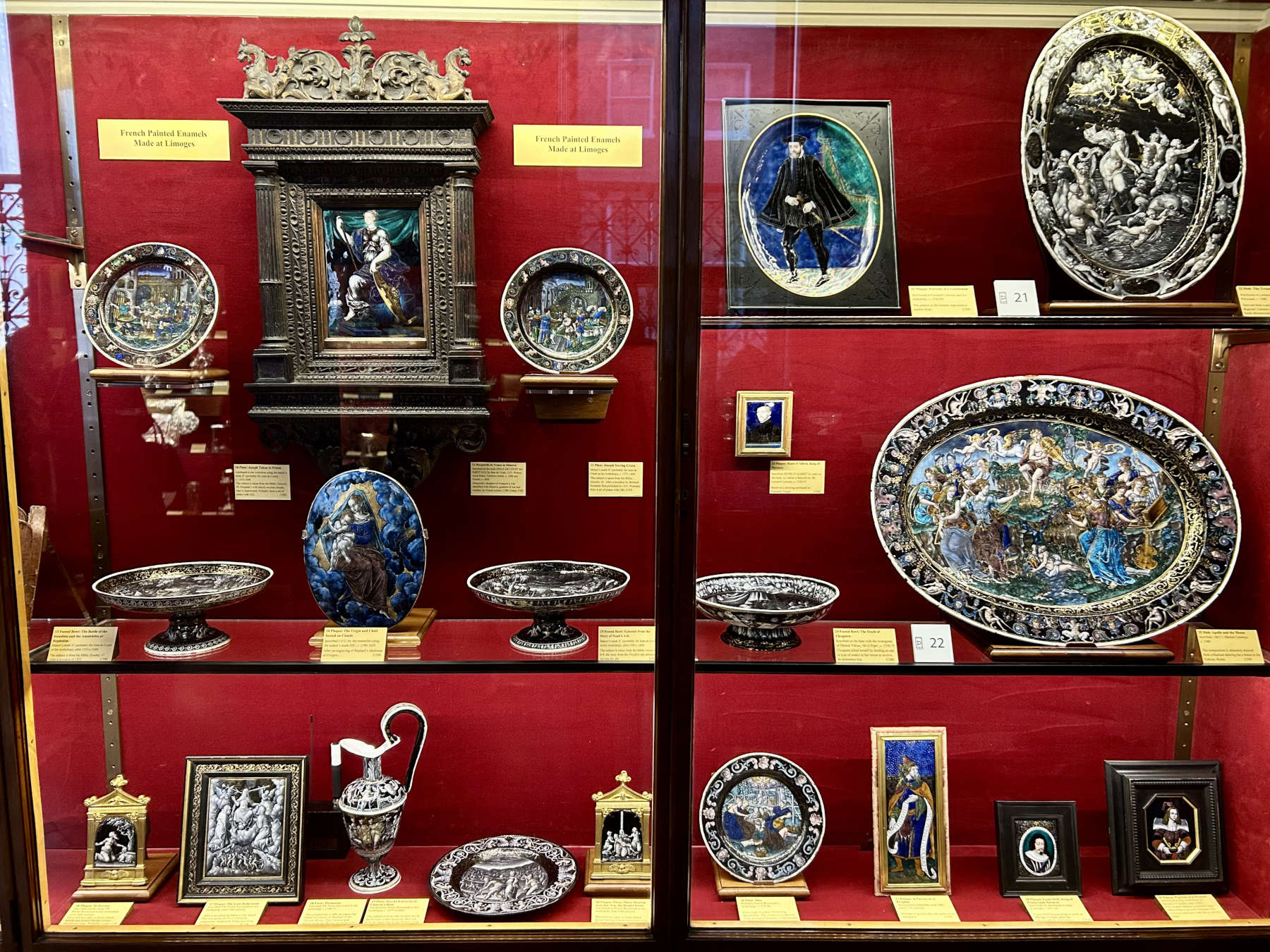
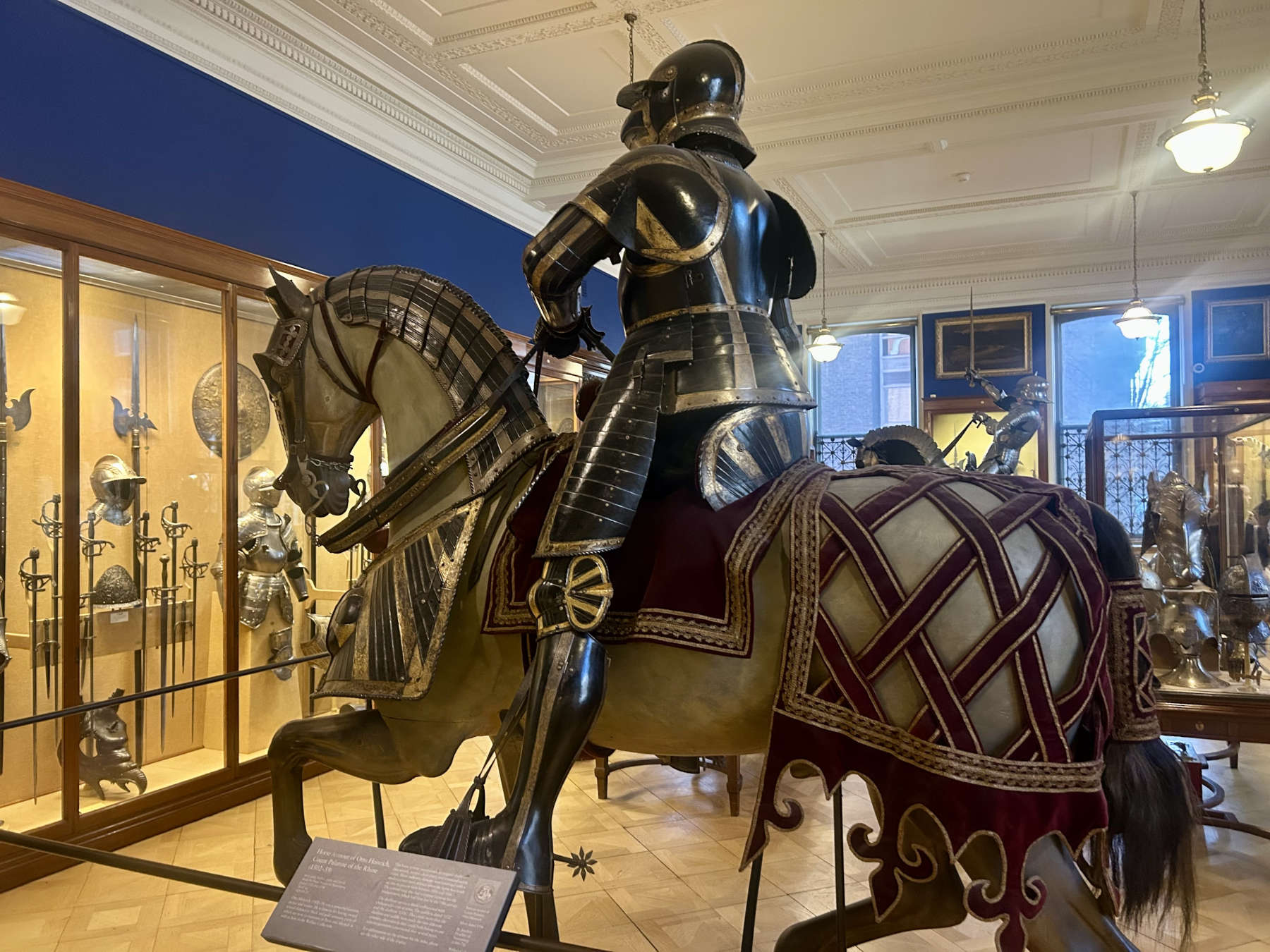
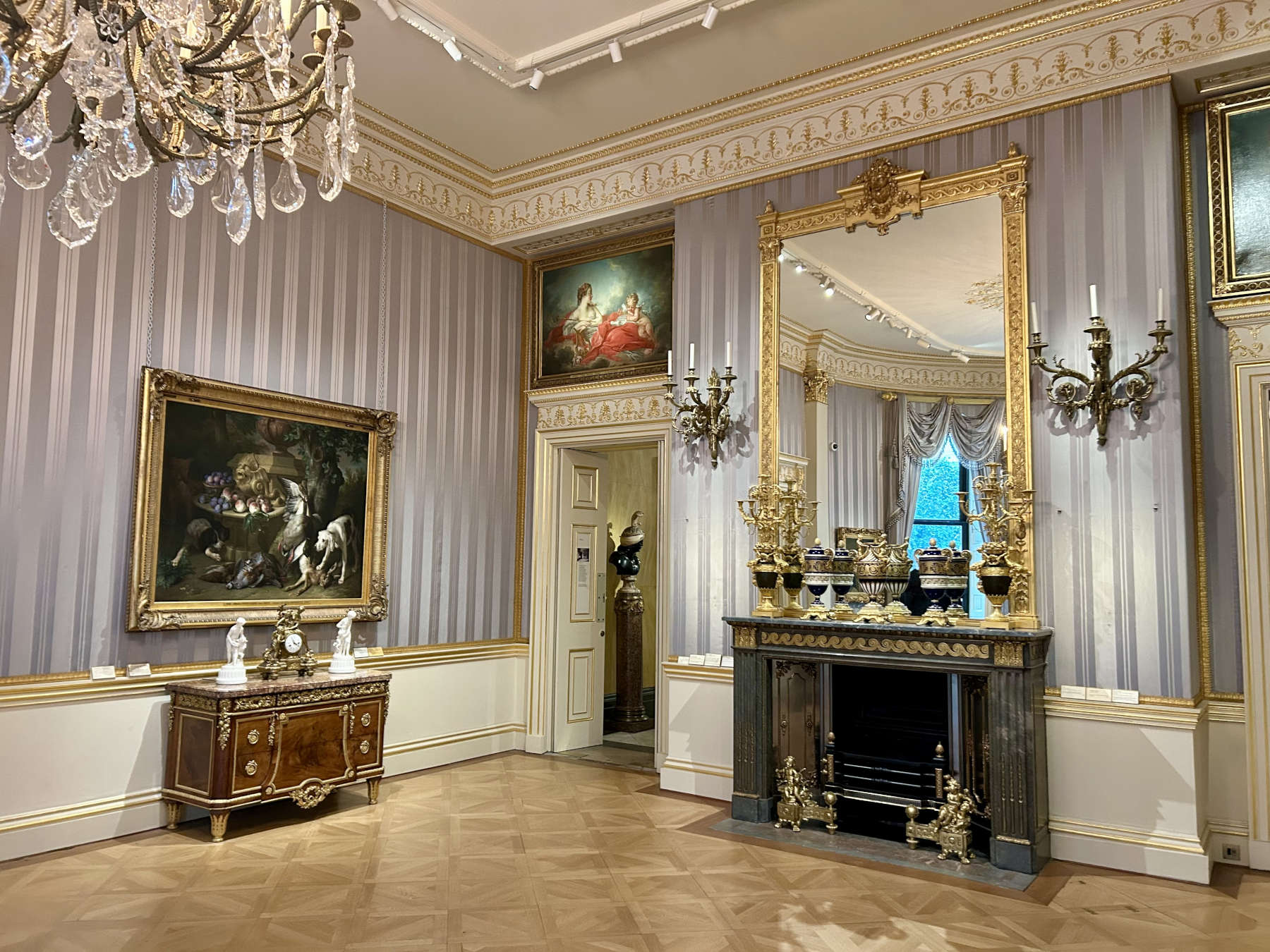
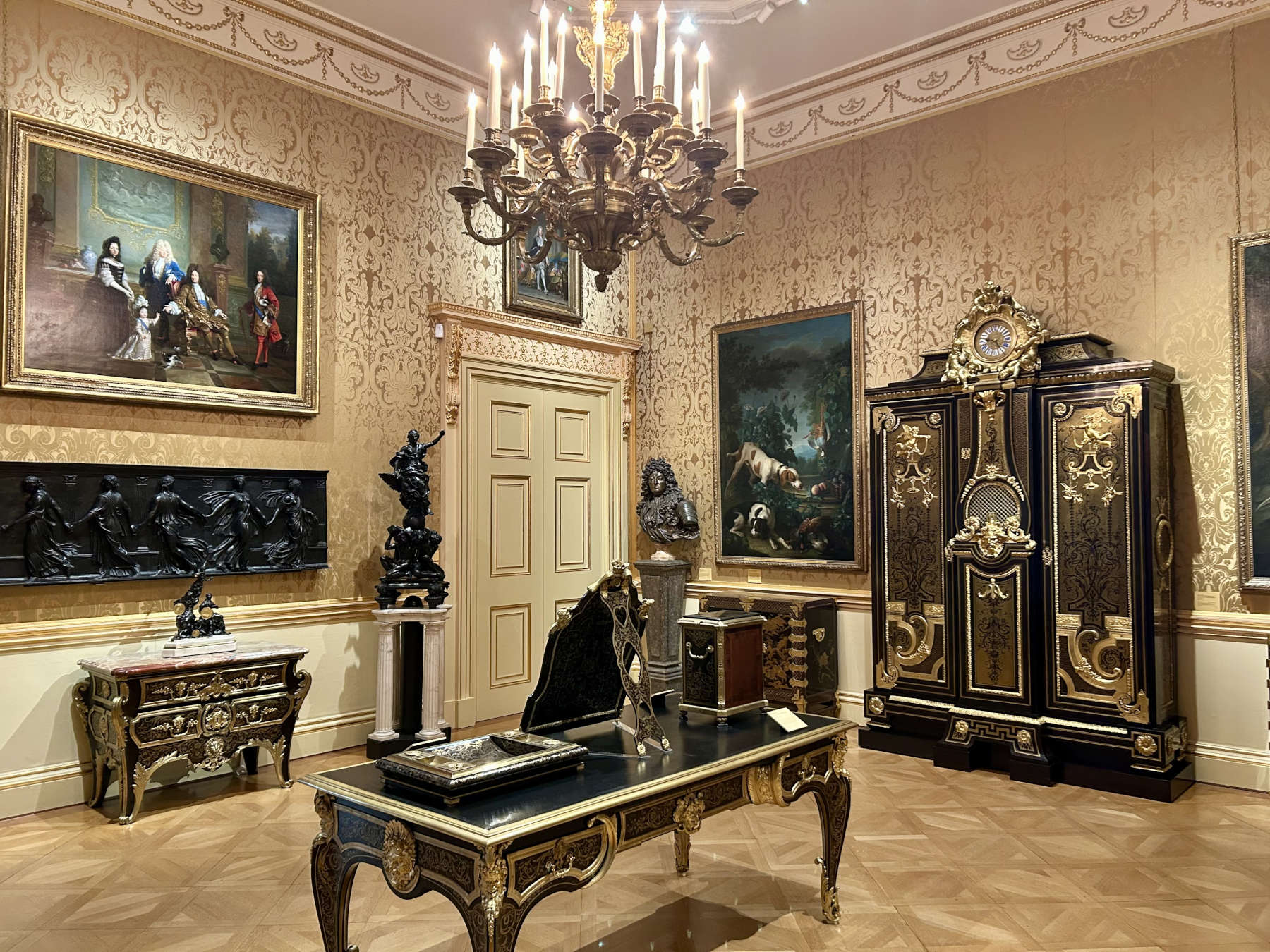
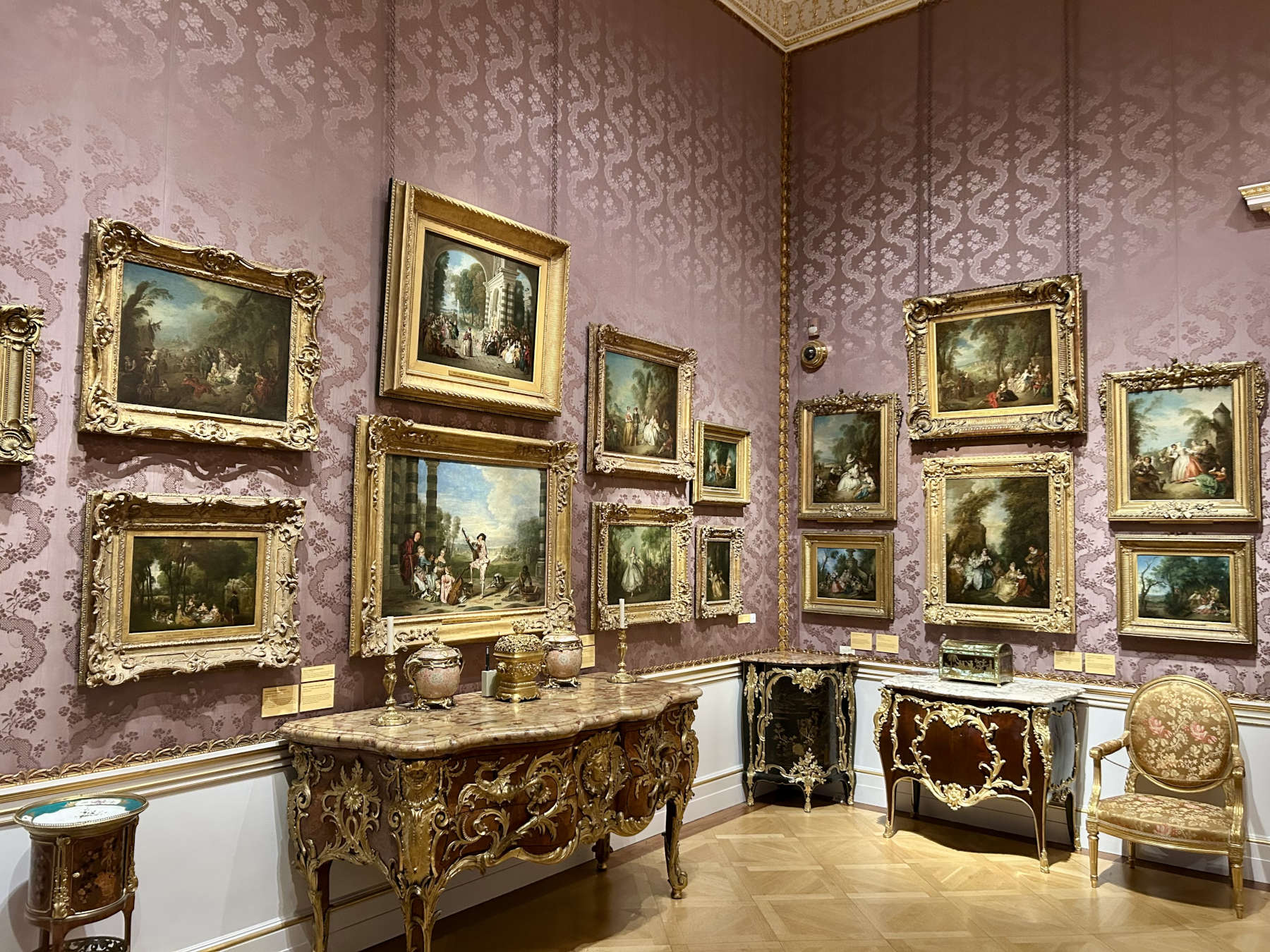

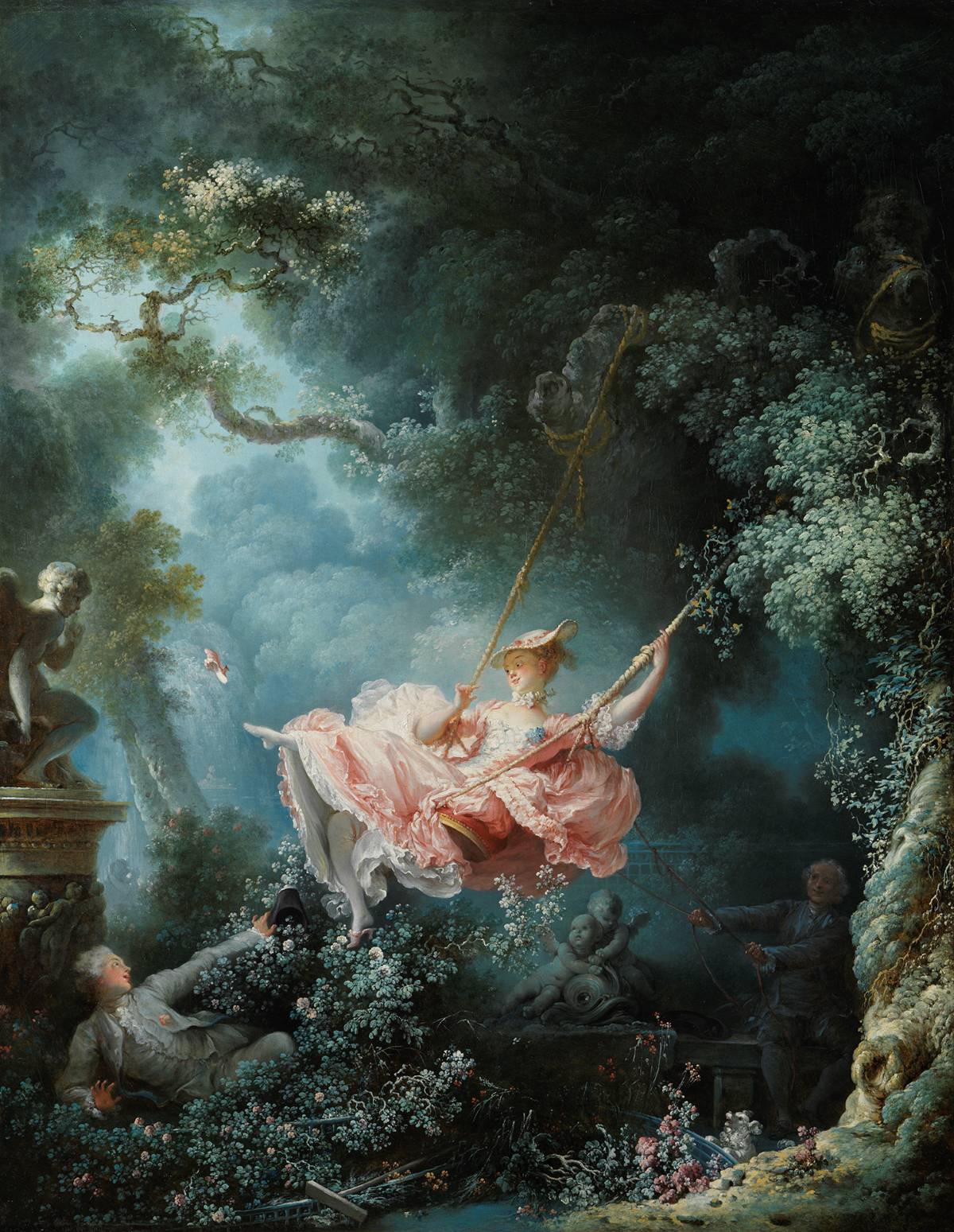
The Wallace Collection is housed in Hertford House, formerly known as Manchester House, which was built in 1776 for the fourth Duke of Manchester, and was a Georgian-style building, of which the four white columns supporting the entrance pronaos remain. It was later Wallace who, having repurchased the building from a distant cousin, radically rethought it by adding wings to the facade. In the last years of the 19th century, the residence was adapted as a museum by architect John Taylor.
Today, the Wallace Collection offers a splendid tour of a sumptuous residence with airy, luxurious rooms free of charge, and with a varied collection that has a very important core of 18th-century French art, but also medieval, Renaissance and Baroque works and one of the finest collections of arms and armor in Britain. Welcoming visitors to the atrium is an elegant grand staircase embellished with a wrought-iron balustrade from Louis XIV's Banque Royale in Paris. Several works are located in the space, among which the two 17th-century busts of an African man and woman, made of black marble and jasper, from Rome, deserve mention. The two subjects treated with great realism do not display those stereotypical characters that coeval portraits of black people had, which were generally caricatured and veined with exoticism. Also on the ground floor are the State Rooms, reception rooms that show the opulence of the London residence and were used to receive important visitors. These rooms are all richly decorated from the fabrics on the walls, prestigious draperies and bombastic chandeliers. Suave is the painting by Thomas Lawrence showing the writer and Countess Marguerite of Blessington, and which exhibited at the Royal Academy was acclaimed by Lord Byron: "It drives all London mad." Also of great quality are some of Jean-Antoine Houdon 's female busts found in the dining room, including that of Madame de Sérilly, a lady of high society, famous for her beauty and a life studded with misfortune: together with her husband, she was condemned to death by the revolutionary government, except escaping the tragic fate because she was pregnant; she remarried twice more, and her relatives both died shortly afterwards; finally, she too died of blackpox at only 36 years old. But so many other treasures are kept in these rooms: portraits by Reynolds, sculptures, and a vast collection of porcelain, clocks, chimes, inkwells, caskets, served mostly in the Rococo style. Important works are also housed in the 16th-century Gallery, a room personally curated by Richard Wallace. Here, among others, are a valuable miniature attributed to Hans Holbein the Younger, an altarpiece by Cima da Conegliano, from a church in Mestre, depicting St. Catherine and surmounted by a lunette, as well as fine works by Bernardino Luini, including some fragments of frescoes detached from Villa La Pelucca, in Sesto San Giovanni. Of particular note is a fragment by Vincenzo Foppa, depicting a young man intent on reading Cicero: this is the only surviving evidence of the fresco created by the artist for the Palazzo del Banco Mediceo in Milan.
There would still be numerous treasures to mention, from Beccafumi to Torrigiano and many others. This "encrustation" of masterpieces is a recurring motif throughout the rooms of the collection. The so-called smoking room now houses a magnificent selection of Renaissance majolica dishes. The other rooms, on the other hand, are devoted to the display of arms and armor: an endless collection that includes pieces of extraordinary historical and artistic interest. The collection was started by the fourth marquis and later expanded by Wallace. It includes not only European specimens, but also artifacts from the Ottoman Empire, Iran, India, China, and Ghana. The vast selection of European artifacts ranges from the 10th century onward, and includes some of the best-preserved medieval arms and armor in the world, the prestigious pieces coming from the armories of such notable rulers as Maximilian I, Charles V, and Elizabeth I. Prominent among the many noteworthy relics in this section are a ceremonial cannon made by Giovanni Mazzaroli, decorated in relief with mythological scenes like a real sculpture, a hunting rifle that belonged to Tsar Nicholas I, and a pair of pistols created for Louis XIV.
On the second floor, the tour continues, which does not lose its intensity, and in the colonnaded room above the staircase are sumptuous works by François Boucher, among the most influential artists of the 18th century, Louis XV's first painter and a favorite of Madame de Pompadour, the sovereign's mistress, whose painting in the room is also by the French painter. And although the collections are incredibly varied, the French matrix remains predominant, especially in chronicling the evolution of Rococo art. This style was born with the end of Louis XIV's reign and the beginning of Louis XV's, a period in which the court's strict control over artistic matters was loosened, paving the way for greater freedom of expression. Rococo reached its zenith under Louis XV, characterized by lightness, elegance, and a taste for intimacy, before gradually giving way to a new sensibility. Its end coincides with the second half of the 18th century, during the time of Marie Antoinette, when a profound interest in the art of ancient Greece and Rome was revived, giving impetus to neoclassicism.
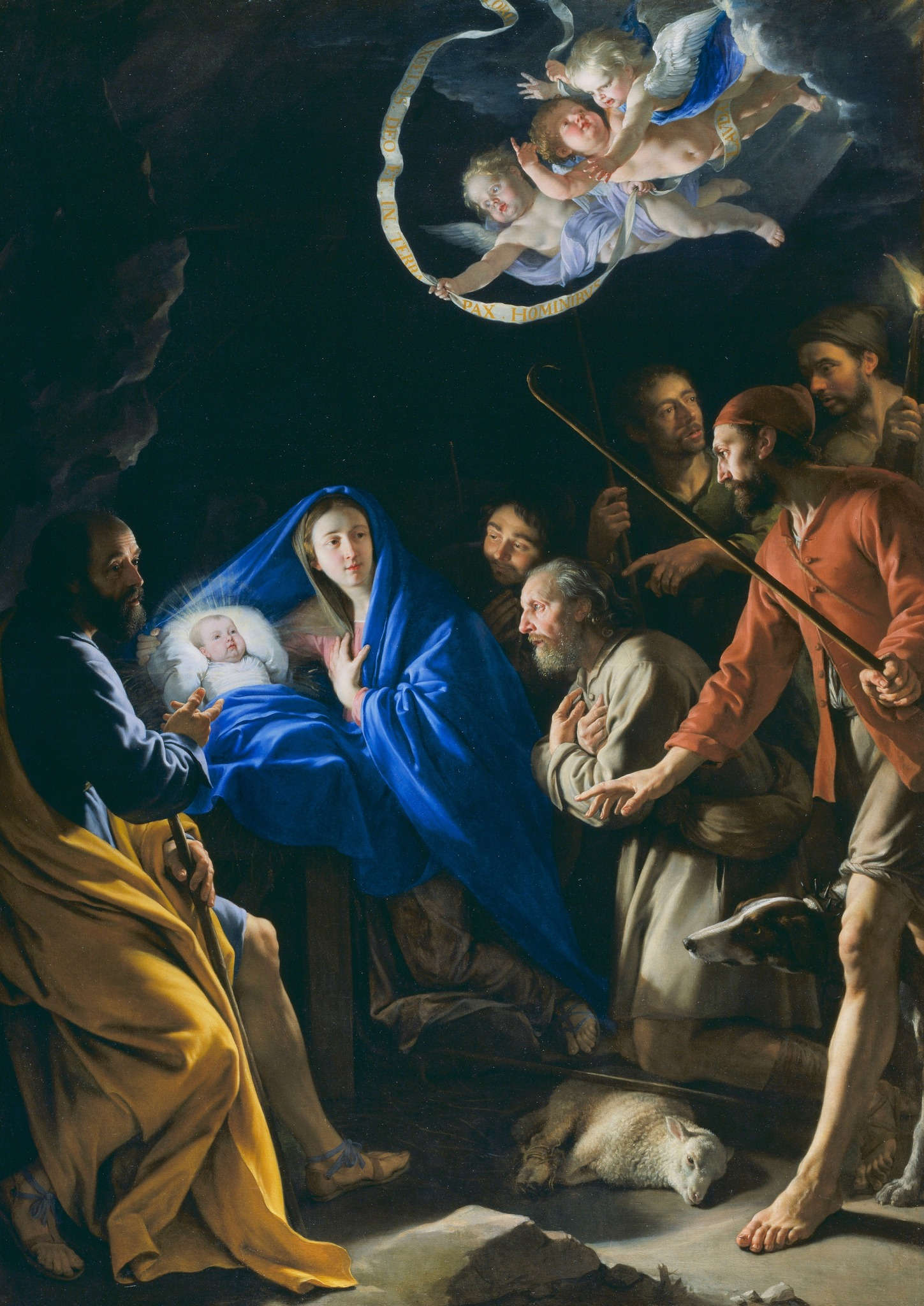
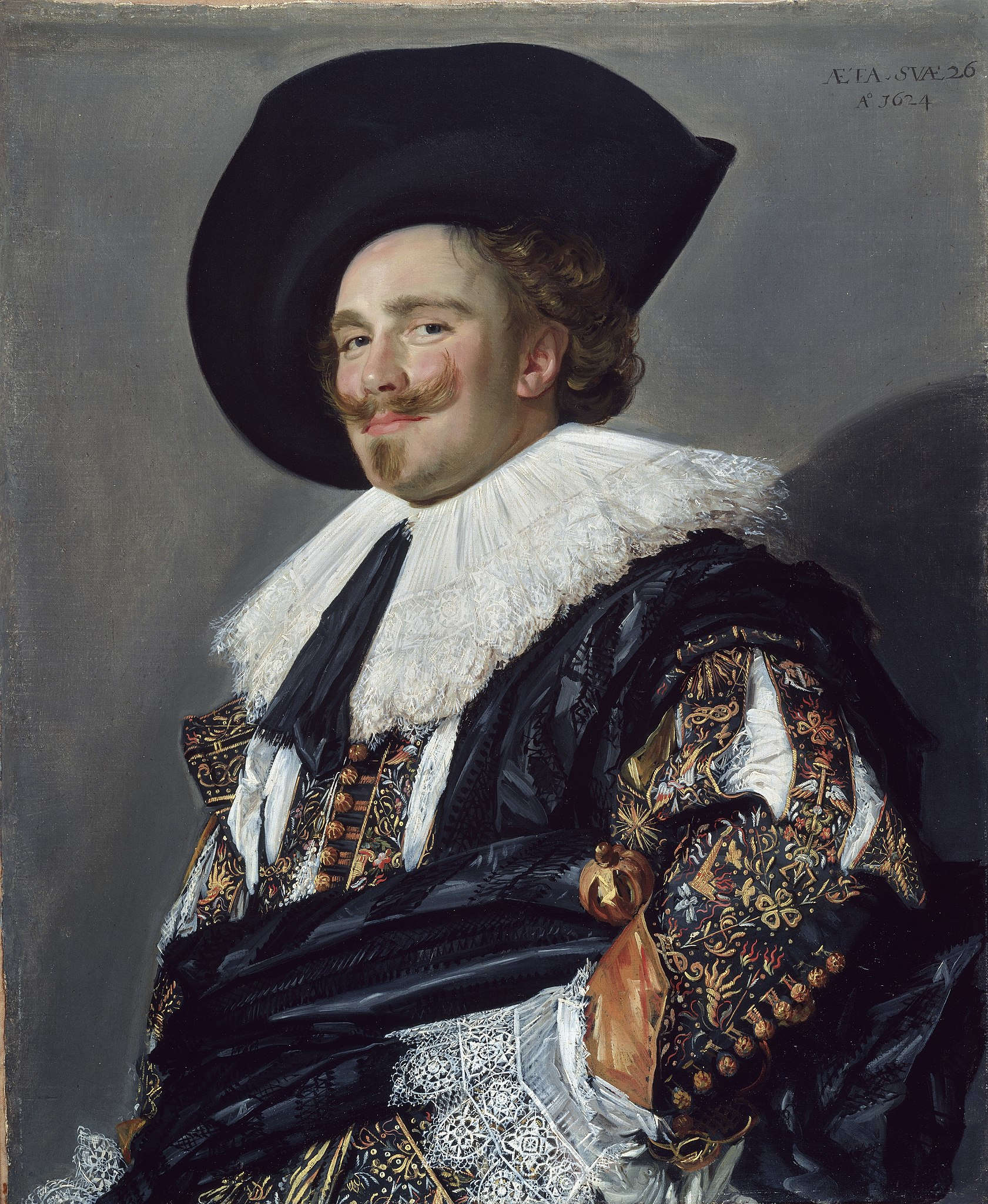
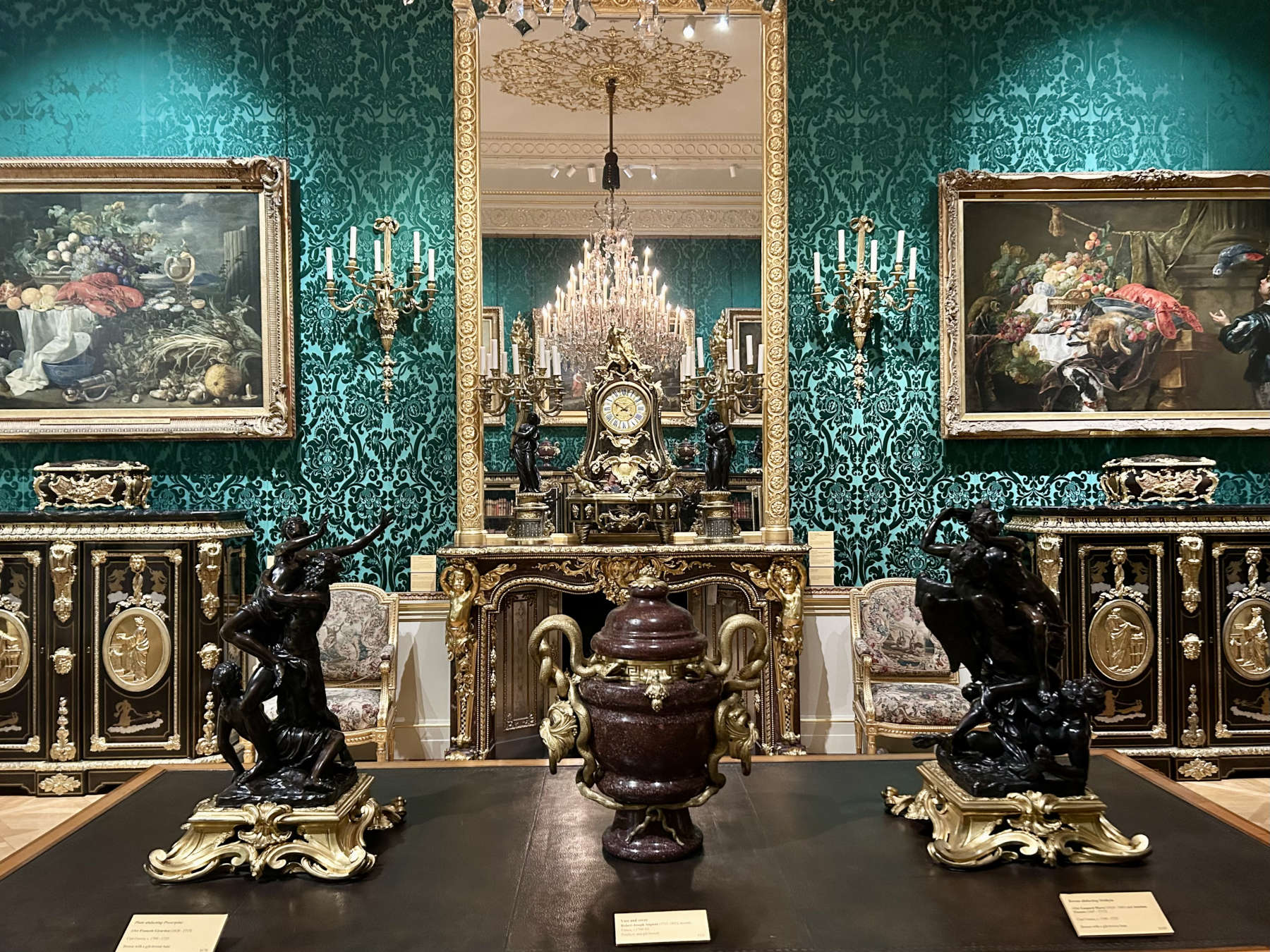
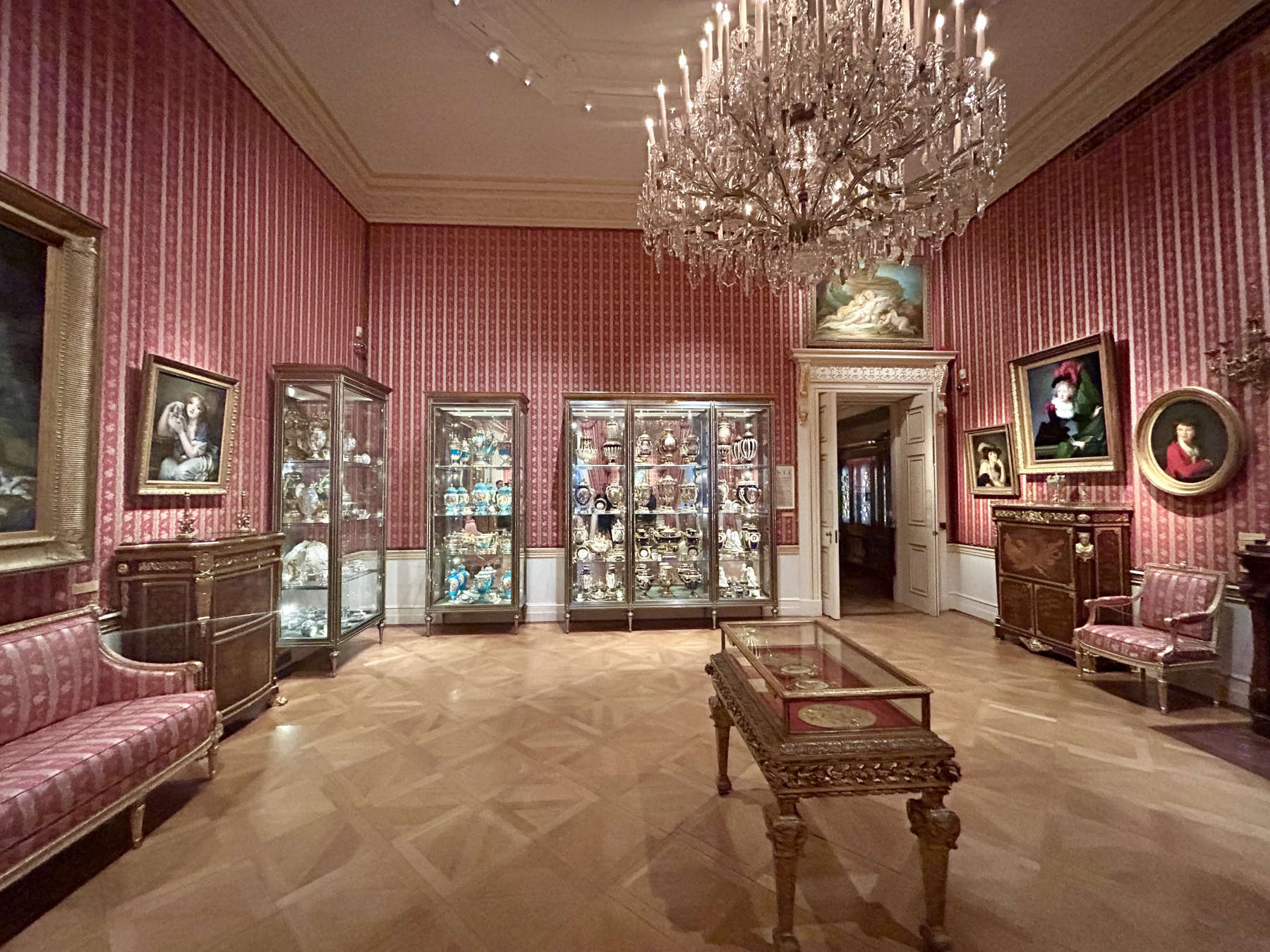
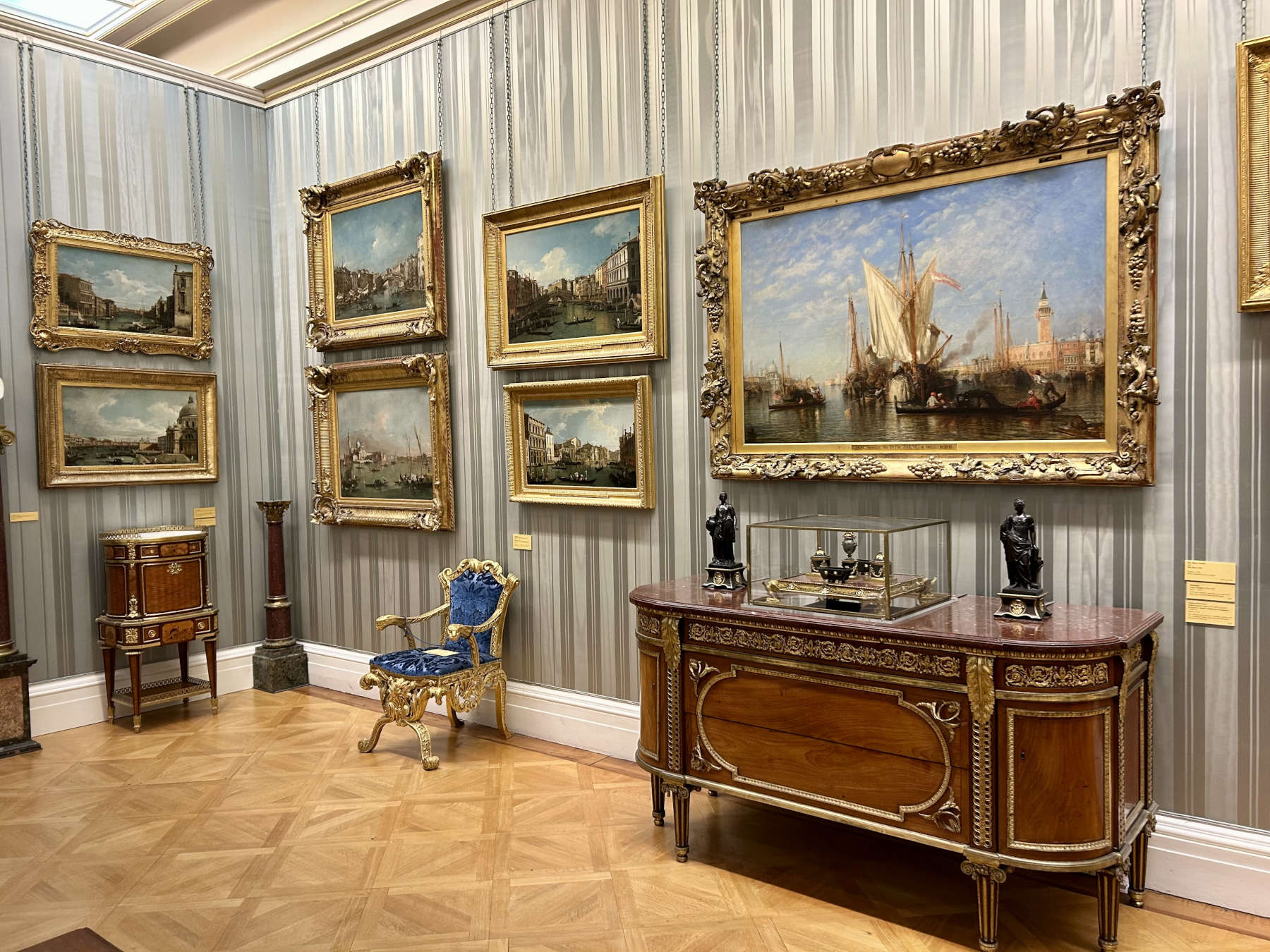
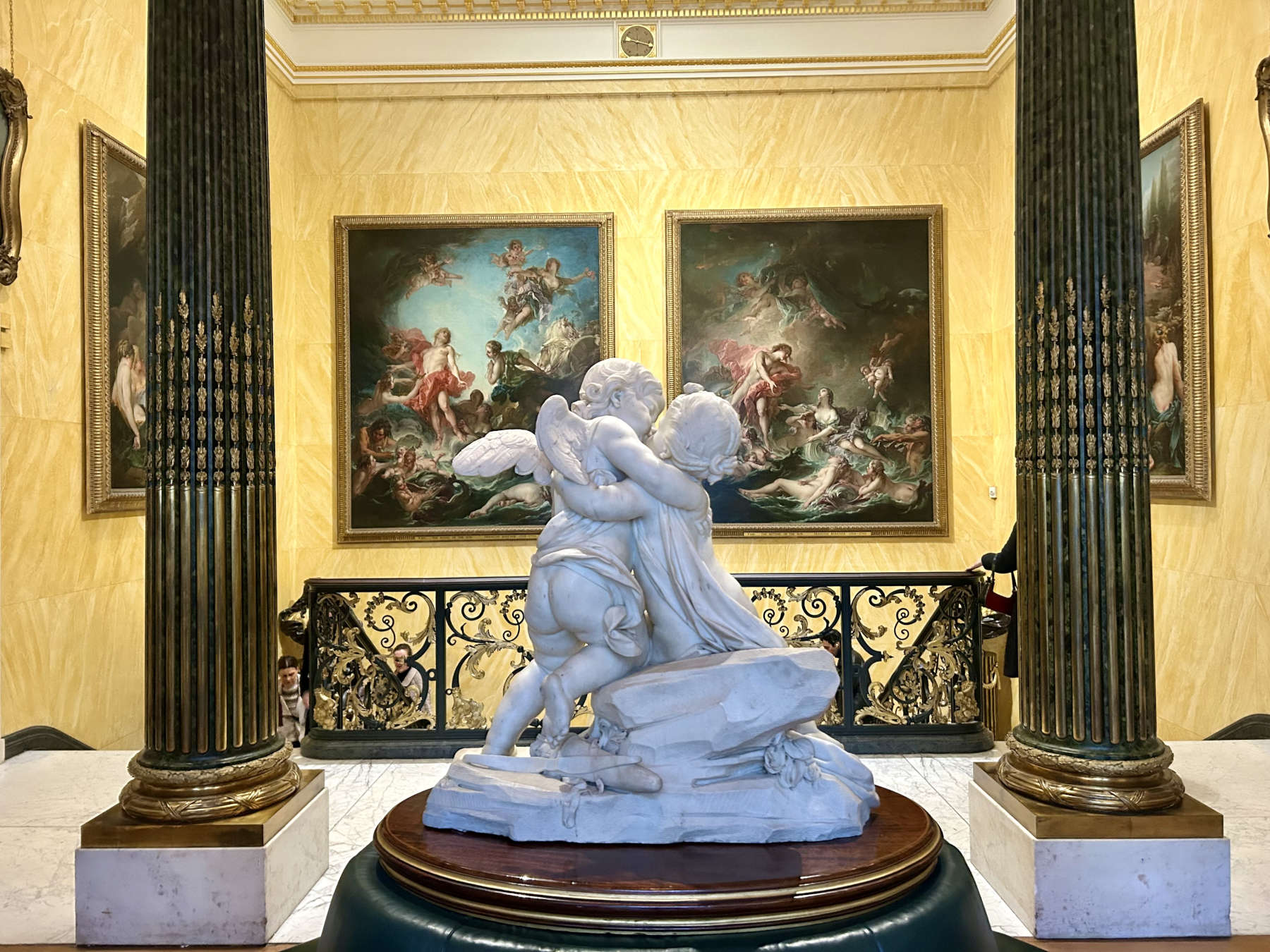
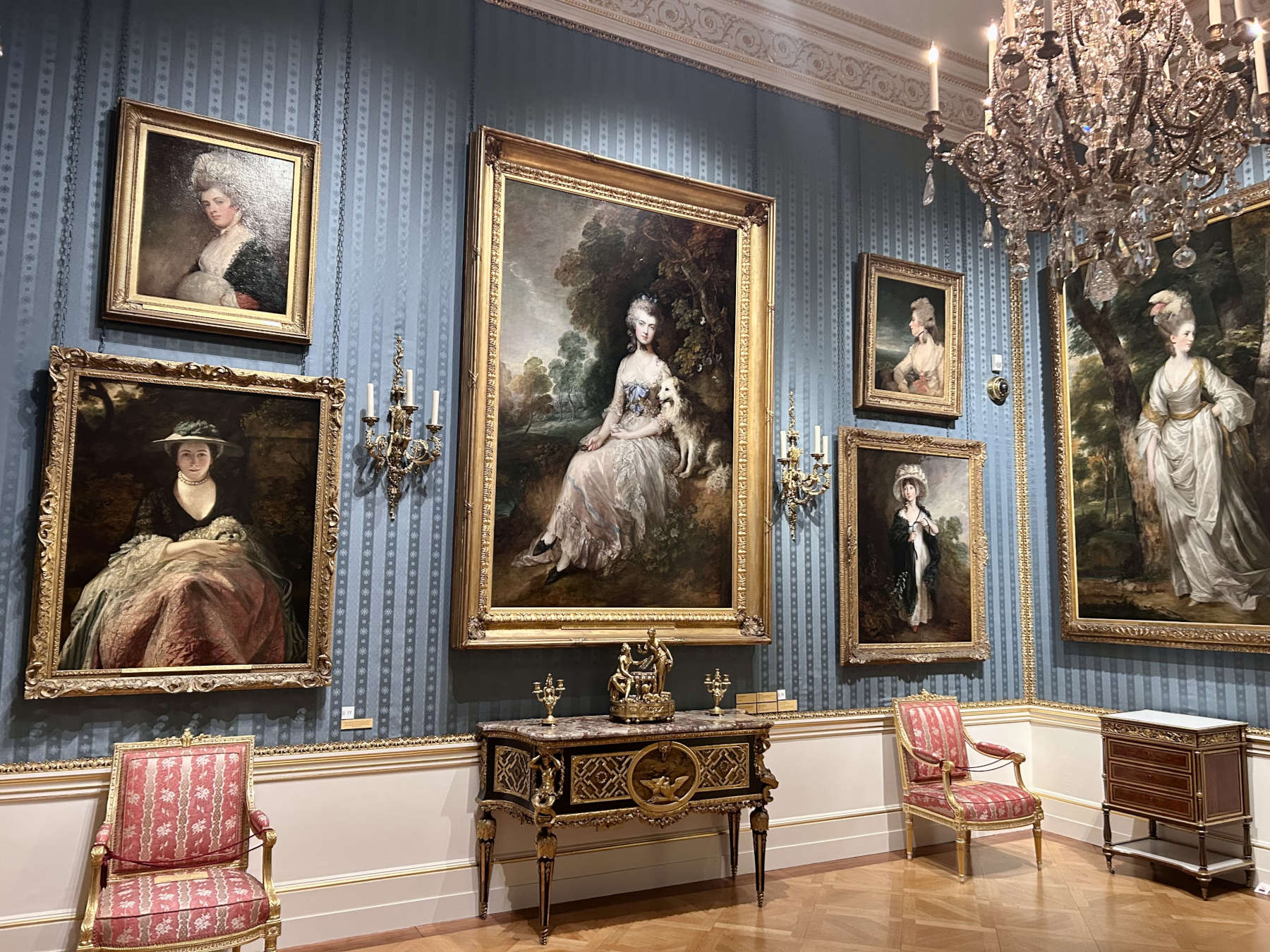
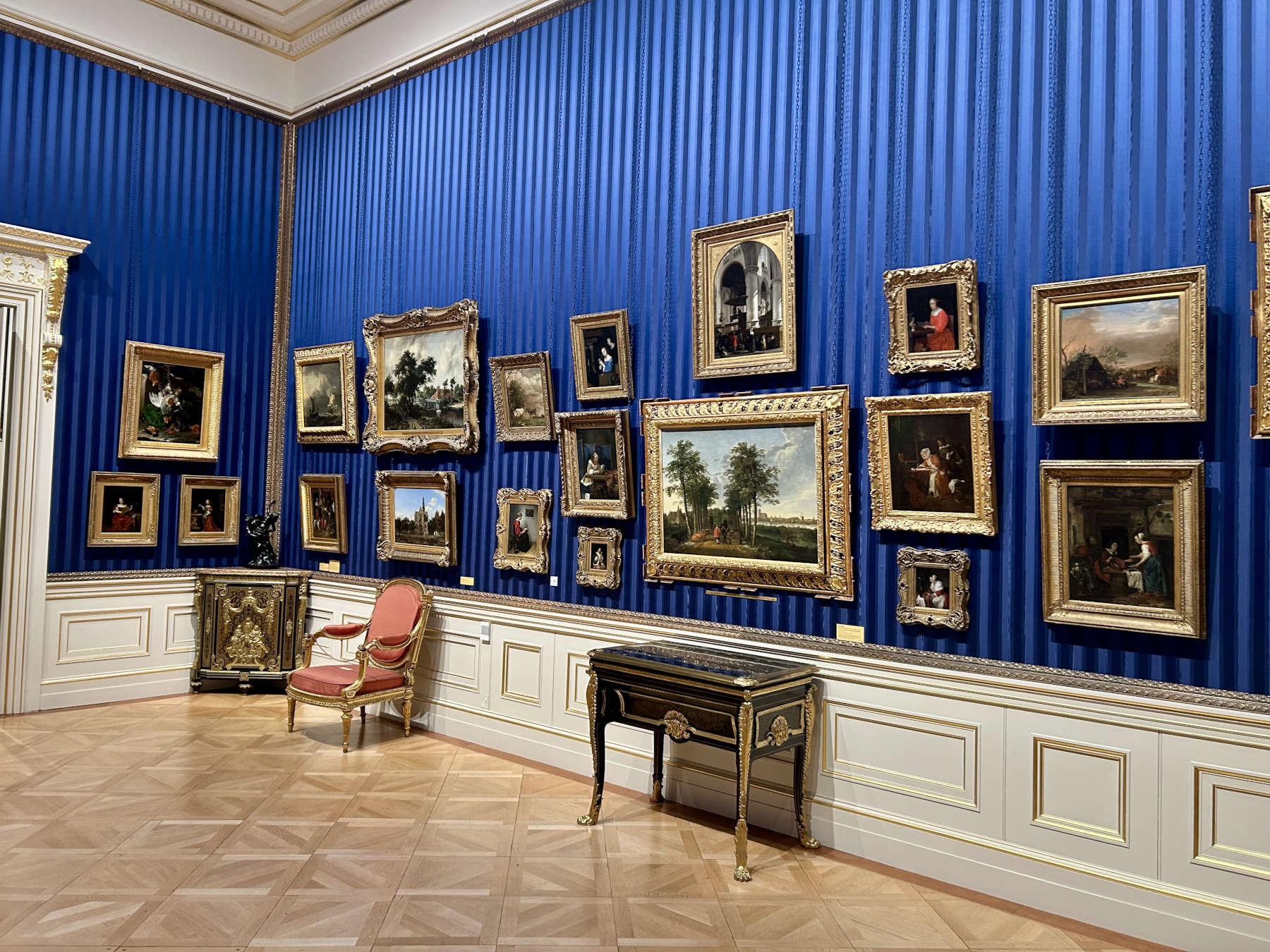
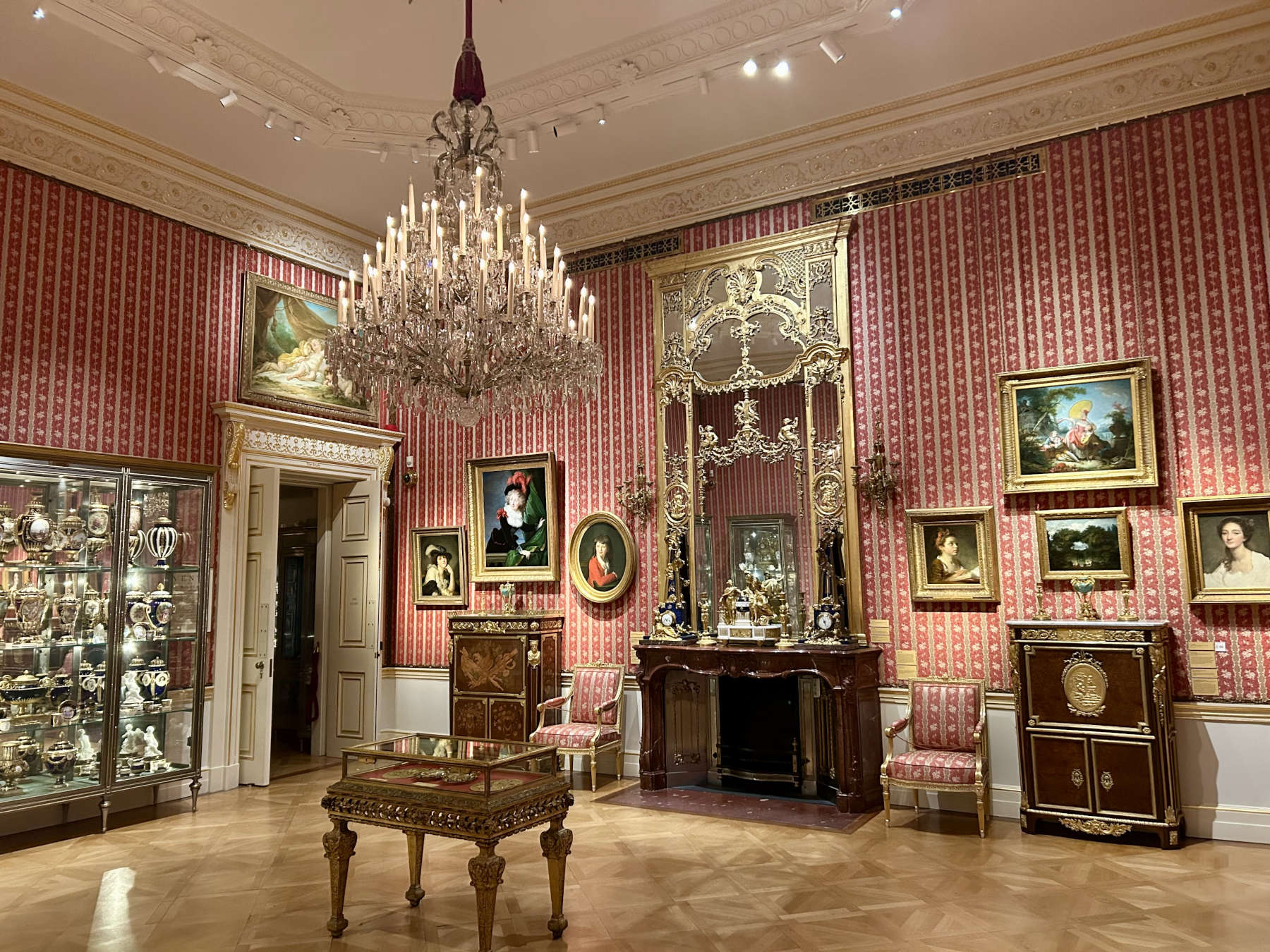
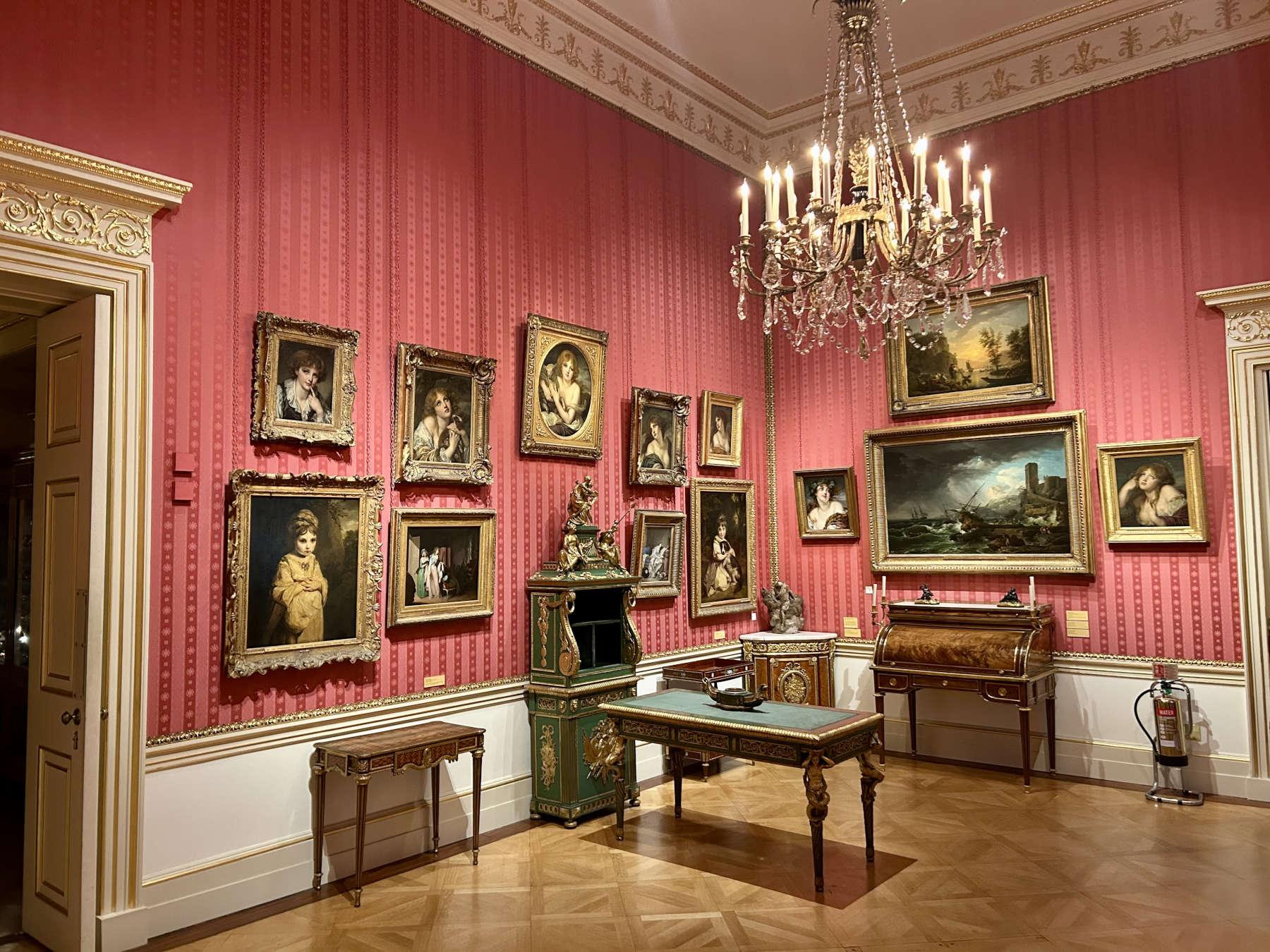
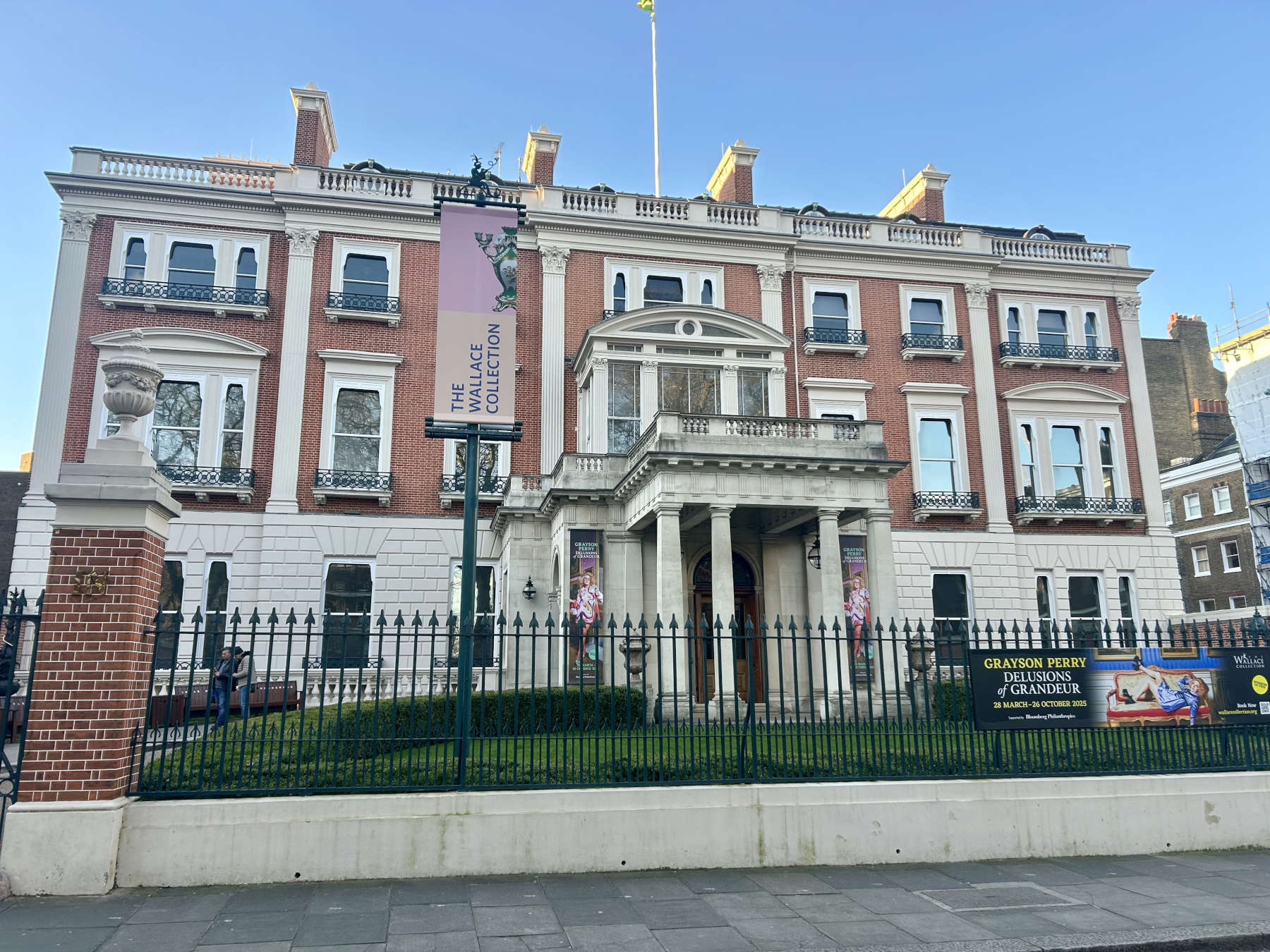
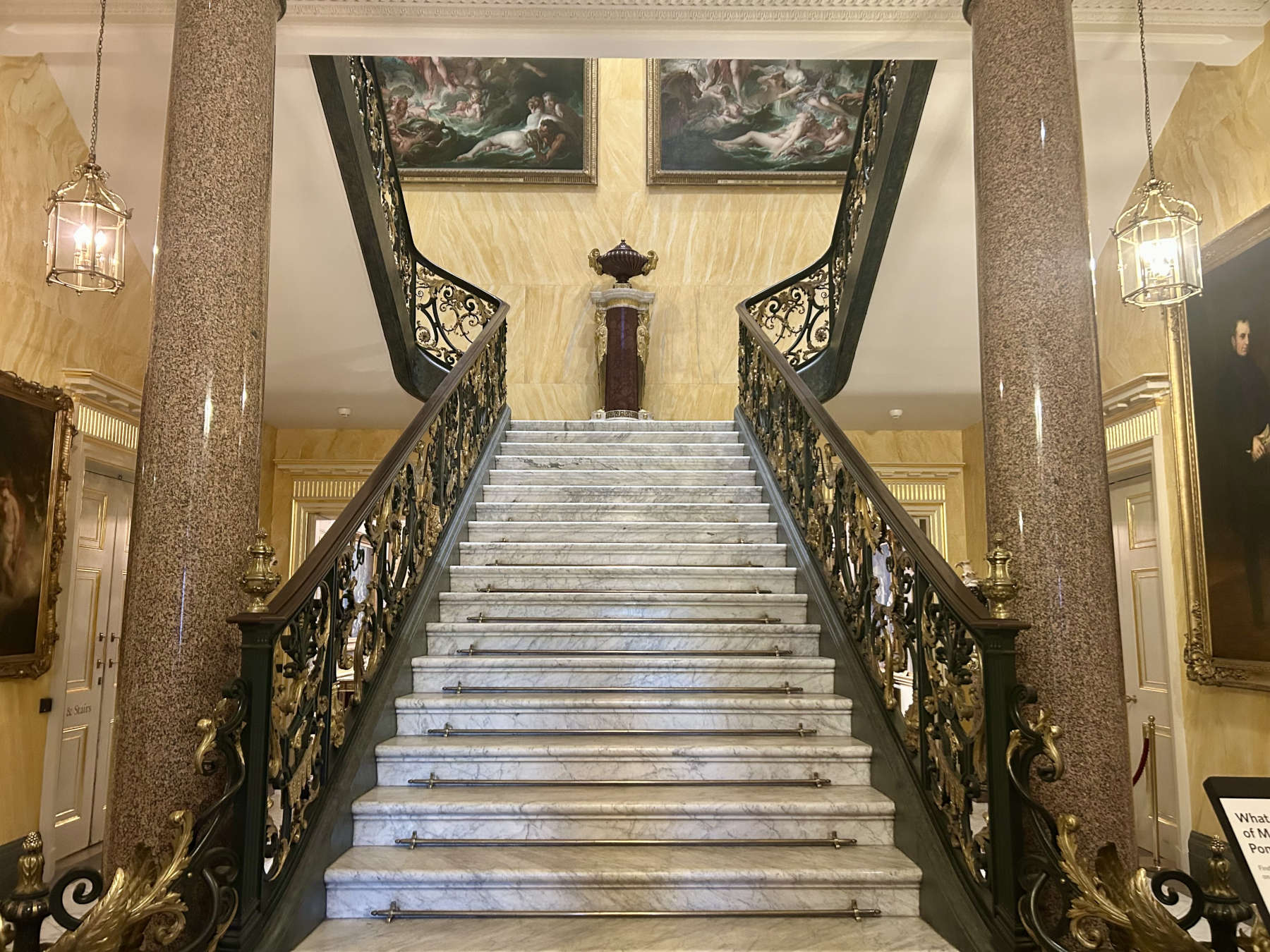
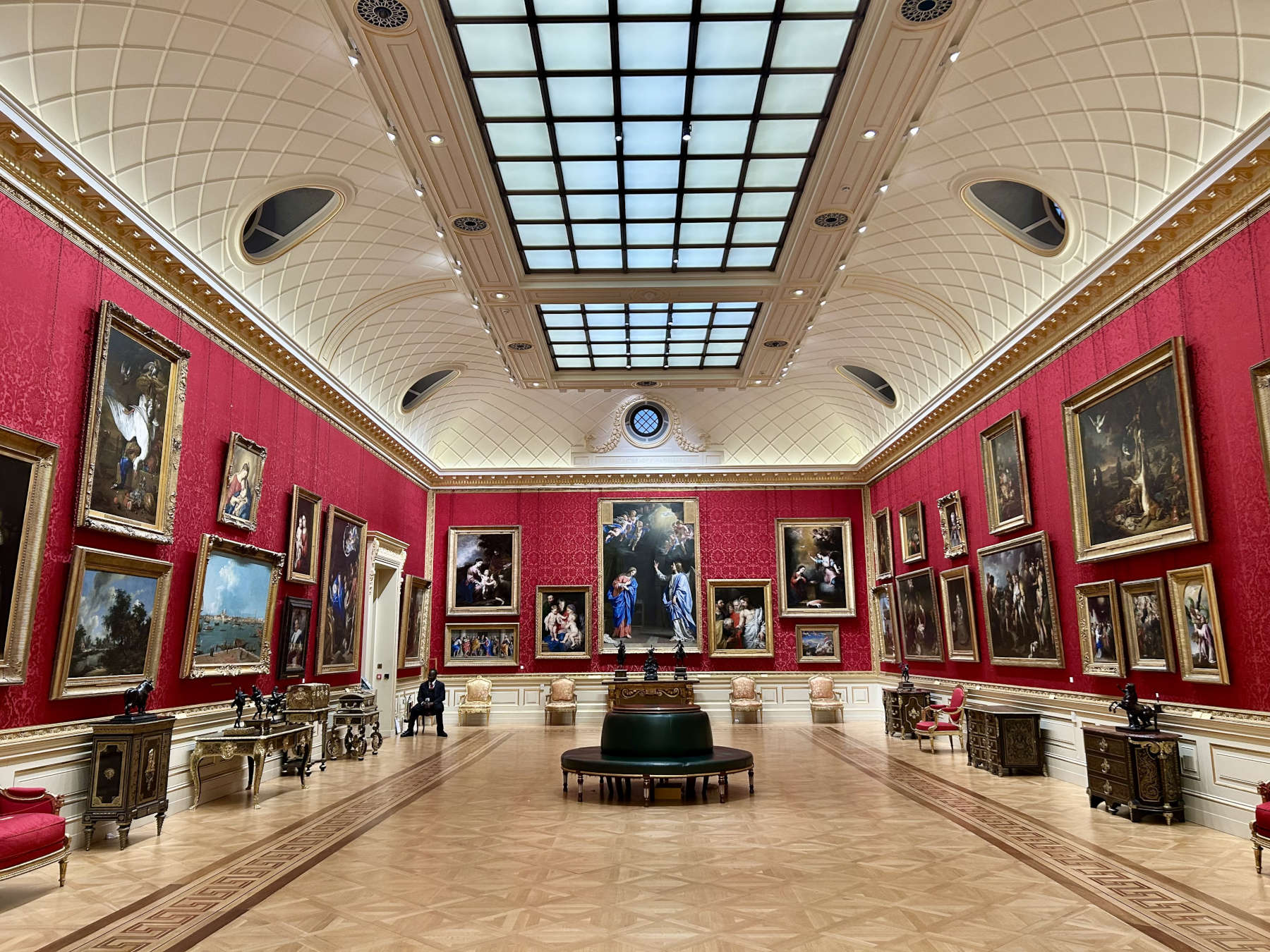
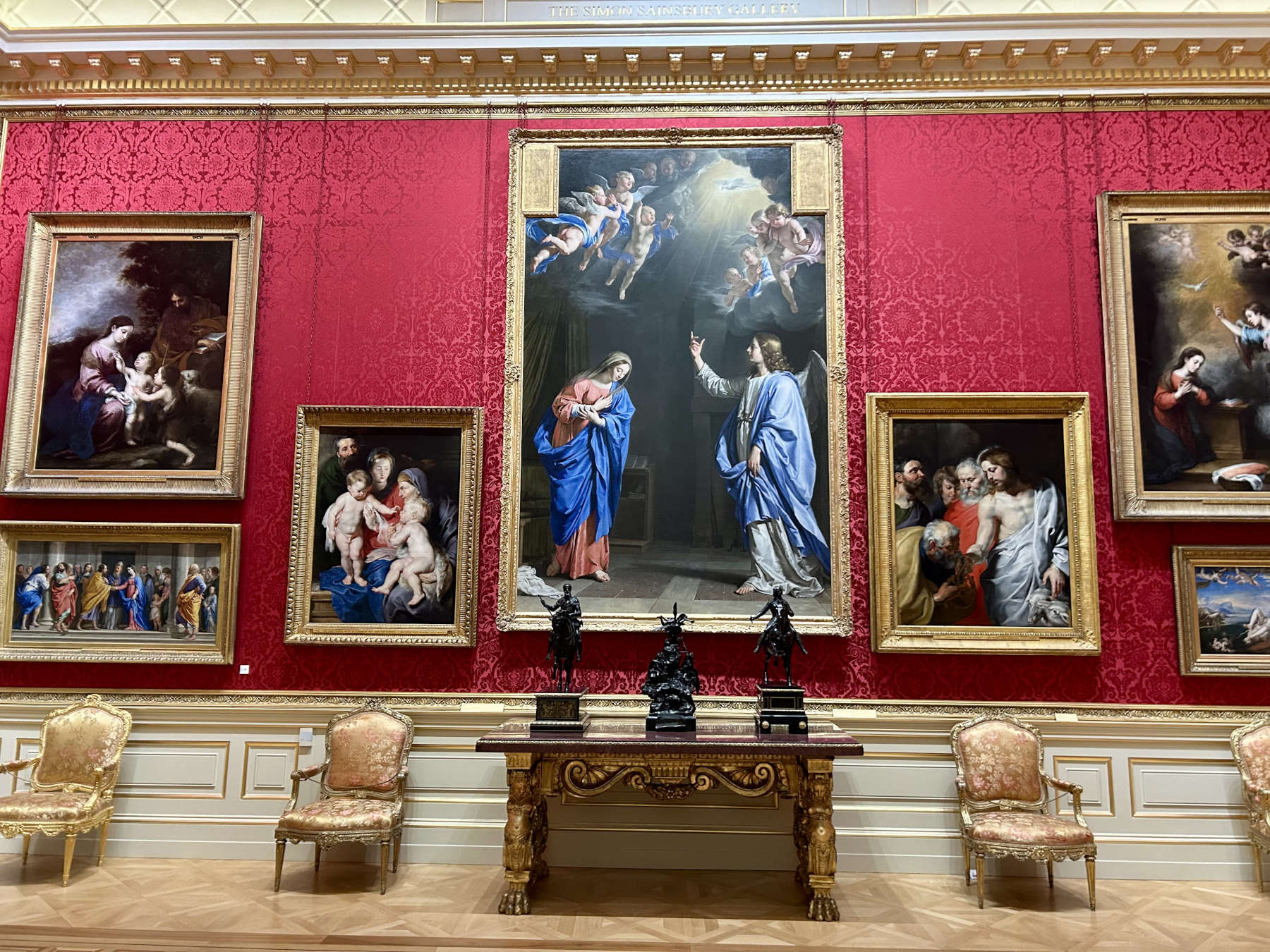
The applied arts keep track of these transitions, and from gaudy furniture and porcelain, we move on to more sober lines. Numerous clocks, desks, and vases were commissioned by royal patrons and came from the most important palaces of Paris, such as the three splendid vases of Sèvres manufacture, enameled with scenes from Ovid's Metamorphoses, so valuable that their sale was equivalent to twenty-five years' salary of an artist. They were donated by Louis XVI to Henry, brother of Frederick the Great of Prussia; they ended up on the antiques market and were paid an astronomical sum by the fourth marquis, so much so that the press of the time labeled the transaction "madness." Other items were made for Marie Antoinette such as the precious desk with doors, created by Jean-Henri Riesener for the Petit Trianon, the small chateau in the palace of Versailles that the ruler used as her own refuge.
Notable paintings complete the collection, including some of the most important figures of the period such as Antoine Watteau, who introduced Fête galante, a painting showing idealized scenes of elegant people in the countryside, and Jean-Honoré Nicolas Fragonard. The latter''s most famous masterpiece, The Swing, an authentic manifesto of the Rococo, is preserved, promoting those values of frivolity, lightheartedness and elegance that were typical of the season. The painting depicts a richly dressed woman with her older husband behind her, while a younger man remains hidden in a bush beneath her. The scene is reinforced by some allegorical statues and the slipper that detached from the maiden's foot is falling back to the hidden man, implying a love triangle. The whole work is shot through with erotic itches underscored by the lush vegetation.
The other rooms made at later times to be adapted as galleries are filled with masterpieces, so much so that it is virtually impossible to give an account of them. They are generally divided by nationality; in the West Room are portraits of 18th-century British artists, among them three portraits of Mrs. Robinson, a famous actress of her day and betrothed to the Prince of Wales, the future George IV, and painted here by Thomas Gainsborough, Joshua Reynolds and George Romney. Also preserved by Reynolds is the stunning portrait of Nelly O'Brien, a well-known courtesan. The painting shows great naturalism, and skillful use of modulations of light and restitution of textural values. Art critic Jonathan Jones wrote about it, "It is an urbane painting, neither looking down on Nelly nor indulging in rococo excitement in painting a high-ranking prostitute. Her ambiguous social status frees Reynolds from the need to speak; there is no pretense of grandeur here, but rather an intimate immediacy."
Next, one room houses Venetian paintings, particularly by Canaletto and Francesco Guardi, artists beloved by the British during the Grand Tour season and among the first works to enter the collection. The west gallery, on the other hand, holds works by painters of historical Romanticism active in the early decades of the 19th century, including Hippolyte Delaroche and Eugene Delacroix, whose painting The Execution of the Doge Faliero, inspired by a poem by Byron and counted by the artist among his favorite works, is on display. Also extremely numerous are works by Flemish artists from various centuries, splendid is the painting with The Lacemaker by Gaspare Netscher, which betrays inspirations and atmospheres close to Vermeer; by Rembrandt we mentionSelf-Portrait with Black Cap and Portrait of His Son Titus. The East Drawing Room, on the other hand, contains works by artists active in Antwerp and Brussels in the 17th century, including Anthony van Dyck and Rubens. By the latter are preserved among others three preparatory models for the cycle the author created for the Palais du Luxembourg in Paris, illustrating the Life of Henry IV.
But undoubtedly the most stunning masterpieces are found in the Grand Gallery, the space built around 1875, when Wallace moved a large part of his collection from Paris to London. The room was built to accommodate this function with large unbroken walls and natural light from large windows placed on the vault, and was originally intended to be the highlight of a visit to the mansion. The works on display here are all of the highest quality: by Philippe de Champaigne some splendid works are shown, such as theAdoration of the Shepherds (strongly influenced by Caravaggio's painting), theAnnunciation and the Marriage of the Virgin, paintings characterized by dazzling colors, particularly bright reds and blues, and the use of intense light that enhances the plasticity of the figures.
French artists also include works by Nicolas Poussin and Claude Lorrain; also excellent are the works of the Spanish school, including the paintings of Murillo and Velázquez's The Lady with a Fan, one of the undisputed masterpieces of portraiture, with great psychological intonation and played on a very narrow range of colors particularly blacks and reds. By Rubens and Rembrandt other paintings appear in this room, so too for Van Dyck present here with the portraits of Philippe Le Roy and Marie de Raet, among the highest manifestations of his art. Also worth mentioning is Frans Hals's 1624 masterpiece, The Laughing Horseman, purchased by the fourth marquis when the author had not yet been rediscovered by international collectors, and it shows incredible portraiture skills.
In the Grand Gallery, the Italian school is also represented at its best with a fine view of the Basin of St. Mark by Canaletto, probably bought by the first marquis directly from the artist's studio; by Domenichino, a Sibyl that was formerly in the collection of the Regent of France, Philip II, is displayed; completing the selection are two sumptuous religious paintings by Sassoferrato and the large canvas Perseus and Andromeda by Titian, which was part of the series of six mythological paintings made for King Philip II of Spain and later purchased by the painter Anthony Van Dyck. And still many more works will be able to devour with their eyes the visitor who in defiance of social pressure will decide to leave behind established tourist routes to treat themselves to an unparalleled adventure within the walls of the Wallace Collection.


